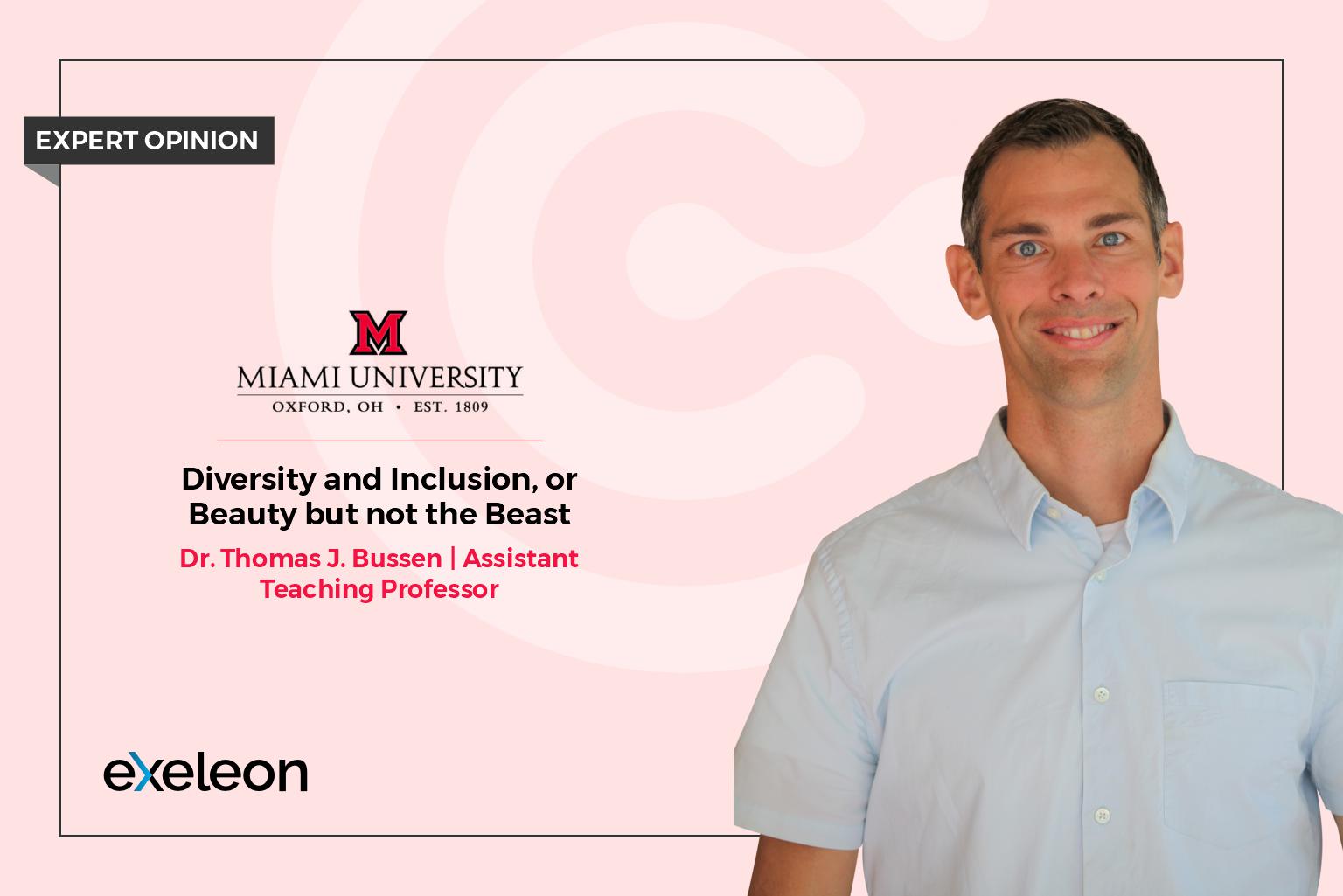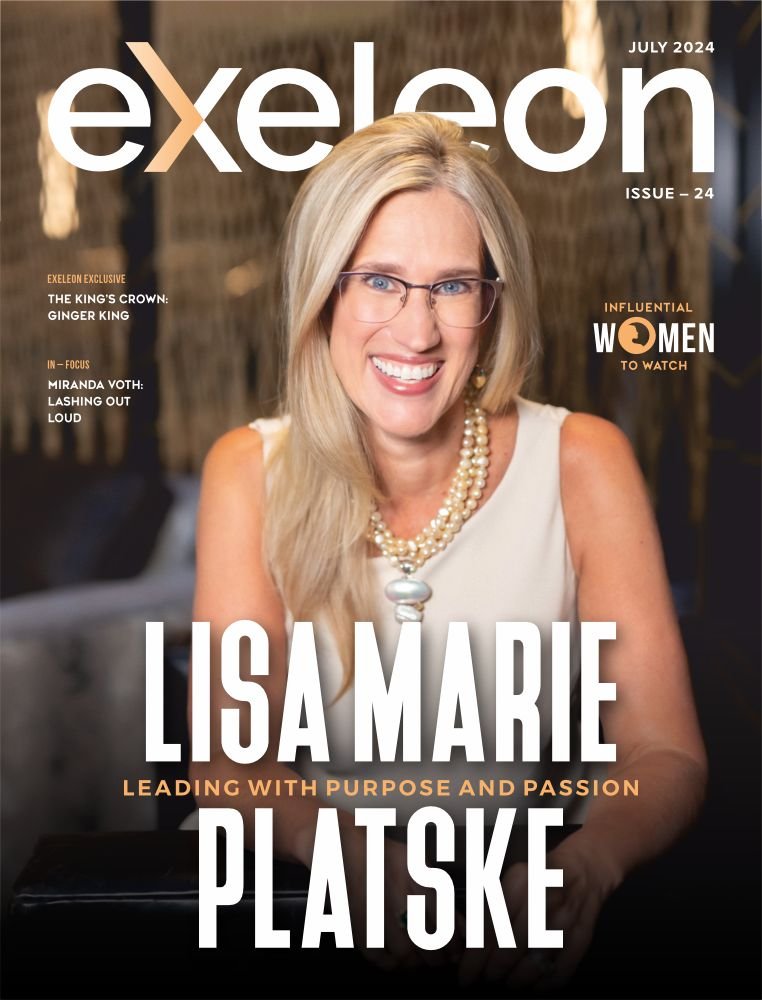
The industrialist Andrew Carnegie once said, “Teamwork is the ability to work together toward a common vision. The ability to direct individual accomplishments toward organizational objectives. It is the fuel that allows common people to attain uncommon results.”
True, perhaps, but not always so. Teams can also lead otherwise productive individuals to wither and burn, to crack, break, and shatter. What distinguishes Carnegie’s hopeful team’s outcomes from the dreary and painful?
To be sure, teamwork is a complex, multi-faceted phenomenon, and so explanations for team outcomes bely a singular explanation. And yet, in an ever more global world, the diversity of teams – or its lack thereof – is a vital predictor of team success.
Does then diversity improve team performance, or does it harm team performance? Somewhat unfortunately, “yes” seems the best answer. Before exploring the ways in which diversity may both harm and help a team, a brief excursion to consider exactly what is meant by diversity is useful.
UT Austin’s David Harrison and colleagues conceptualize diversity at the surface level and at the deep level. Surface level diversity is that diversity which is quickly and readily apparent. This is the diversity of the young and the wizened coming coming together, the accents of different ethnicities, the visible manifestations of gender or race.
By contrast, deep level diversity is rather sneakier – a team may exhibit very little surface level diversity but may over time come to recognize its differences across various psycho-social spectrums. You are an extrovert; I an introvert. His values differ from her values, her behaviors are at odds with his. These deep level differences may be invisible during early interactions, but the longer a team works together, the more familiar each becomes of the others’ little peccadillos.
The Double-Edged Swords of Diversity
At first glance it may appear that surface level differences ought to cause teams the biggest headaches. And indeed, they do. In the absence of significant deep level differences, however, the timeline is brief. Imagine that you and I come together with a kaleidoscope of surface level differences – differences in age, gender, nationality, religion, perhaps even different roles and responsibilities in the organization. The similarity-attraction theory holds that initially, we may not much take to one another.
This theory proposes that we humans tend to prefer that which is similar, and to disdain that which is different (lest we judge our species too harshly, suffice it to say that this preference has evolutionary roots, roots which arguably serve us less with each globalizing day).
But then imagine that as it happens, our surface levels differences mask deep level similarities. We both are big St. Louis Cardinals baseball fans; we support the same national politicians; our sense of morality overlaps; and heck, we both love cruise ships despite their icky reputation. Before long, the two of us are getting along splendidly, having long ago intuited that those surface level differences matter little amidst similarities that go more to our senses of identity.
What really matters, therefore, are those surface level differences. Take the reverse situation. Initially two teammates seem to have much in common at the surface level. Similarity attraction bias acts to magnetically attract the two, and all assume a friendship or at least collegial relationship is fast budding. But as deep level difference after deep level difference rises to the surface, the relationship begins to fray.
The research offers us this, therefore: surface level differences initially disrupt team harmony, but over time matters less and less. By contrast, deep level differences initially matter little, but disrupt team harmony more over time.
The takeaway may appear obvious: to avoid deep level differences. Alas, such a takeaway would ignore a vital strand of research. That while deep level differences do indeed tend to harm teams, they also tend to improve team outcomes much more than does surface level diversity.
All of that deep level diversity allows team members to learn from one another, to better explore decision making paradigms, and to exchange a greater quantity and quality of information. In and of itself, for instance, differences in team members’ ages or ethnicities offer little; but when those differences in age and ethnicity lead to dramatically juxtaposing life experiences, or when other deep level differences do so, now the team has a rather more diverse set of opinions and ideas to view decisions from all perspectives.
The problem is that deep level differences may prevent the sort of communication needed to leverage such learning opportunities. Similarly, surface level differences may prevent team members from learning enough about one another to recognize that despite their surface level differences, and perhaps despite deep level differences, they also have deep level similarities.
The challenge for teams, therefore, is to avoid the potential conflicts arising from diversity, and to thereby gain access to the goldmine that is a deeply diverse team. The Similarity-Attraction Bias offers insights as to how, exactly, we can do this.
Weaponizing the Similarity-Attraction Bias
I spoke to Doug Mattheus, the senior marketing executive at telecommunications company Cell C until 2019, and now an independent consultant and professor at Nelson Mandela University. He explained to me that while working for Firestone Tire in post-Apartheid South Africa, during the heady days surrounding Nelson Mandela’s election to President, Firestone provided diversity training to its employees. Mattheus explains that a psychologist divided the group into partners based on surface level differences: this man with that woman, that white South African with that black South African, and so forth.
Then, the trainer asked the partners to converse and aim to discover what characteristics they held in common. While all of the partners engaged in the activity, Mattheus recalls two individuals in particular. These two individuals were overflowing with surface level differences: one male and one female, one a white and one a black South African, one a senior organizational member and the other a low-level worker. But now both were crying.
30-odd years later, Mattheus felt the goosebumps rising as he tells the story. It turned out that the partnered professionals were each the parent of a developmentally disabled child. Did their surface level differences matter in the face of this realization? Of course not. They now shared something, something deep, that far exceeded the import of such surface levels characteristics.
This is the similarity-attraction bias at work for us. Far from allowing the bias to manipulate us into a place of separation, that psychologist working for Cell C leveraged the bias by helping trainees to identify similarities that would prove more important than differences.
The psychologist Jonathan Haidt, similarly, advised that surface level differences may be “drowned in a sea of similarities.” He was correct, in part. We ought indeed to highlight similarities, though to “drown” our differences may not quite hit the mark. Rather, we ought to highlight similarities, but use the similarity-attraction bias to create the space for embracing differences, too. Only then do we facilitate a working relationship that is based on mutual attraction, while also learning and benefiting from each other’s differences.
While Mattheus’ story is powerful, it is admittedly anecdotal. As researchers like to say, it has an n of 1 – a sample size of just one person, hardly sufficient to generalize at large. Psychologist Jerry Burger tested this proposition, however, and his findings are perhaps even more provocative.
In the study, research participants complete a psychological survey, which they are made to believe is the focus of the study. The real study, however, came later – as participants were exiting the study, another would-be study participant working undercover for the researchers asked if the participant would be willing to read his 8-page essay, providing one page of feedback within 24 hours. Somewhat surprisingly, 48% agreed.
This represented the control group. A second group of participants were subjected to the same procedure, but during the purported psychological study were told that they shared a Type-E fingerprint with another research participant. This is not surprising, they were told; approximately 80% of the population has Type-E fingerprints. Leaving the research study later, lo and behold their fingerprint twin comes approaching – asking as before whether the participant would review his eight-page paper and return the notes within 24 hours. This time, 55% agree – a slight increase but not a statistically significant one.
The real breakthrough came in study three. This time, the participant is again told that he shares type-E fingerprints with the undercover research participant, but now he is told that only 2% of the population has these same prints. Approached to review the essay by the fingerprint friend, now a full 82% agree to review the essay.
The study suggests that, as Wharton’s Adam Grant once put it, we don’t simply highlight commonalities. We highlight “uncommon commonalities”. Paired with Mattheus’ story from Cell C, we might also seek to highlight important commonalities (which presumably the Type-E fingerprints were not).
In creating the terms by which team members may communicate and recognize uncommon commonalities, and important ones too, organizations play a key role. The risk is that employees never reach this vital place of communication, and this is most likely to happen when employees are too blinded by their prejudices and stereotypes to recognize the multitude of commonalities that all of us humans inevitably share.
Organizations, therefore, ought to play an active role in facilitating an environment not just of diversity, but of diversity and inclusion. An inclusive environment is one in which cultural and other differences are embraced; in which differences are seen as opportunities for learning, for personal growth, and for achieving excellence. By championing diversity, by ensuring employees recognize the potential value when opting into diverse teams, the foundation is laid for just the sort of breakthroughs seen by Mattheus, and in the Burger study.
About the author:
Dr. Thomas J. Bussen, with a Doctorate of Business Administration, JD, and MBA, is an Assistant Teaching Professor at Miami University in Oxford, Ohio, and a cross-cultural management scholar. He is the author of several cross-cultural books, including Shaping the Global Leader (2019). His latest book, Enlightened Self Interest: Individualism, Community, and the Common Good (coming in 2023, Georgetown University Press), makes the case for a more inclusive and globally minded professional ideology.









